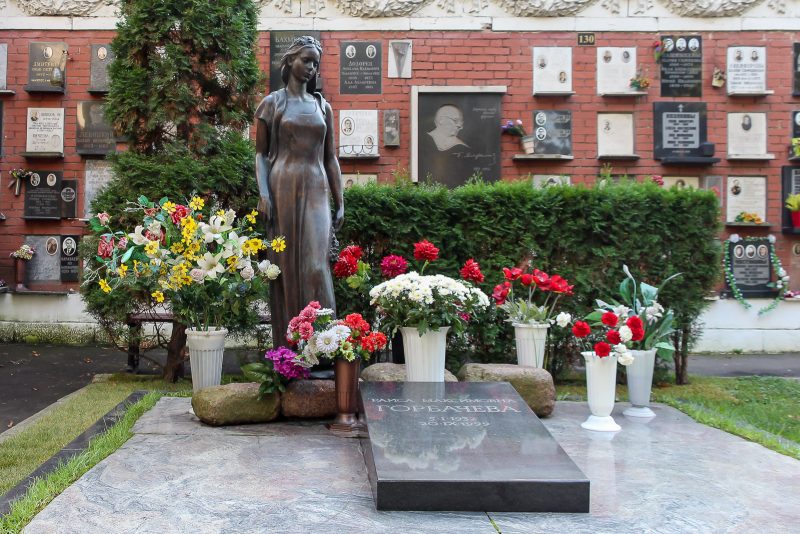Öga.
Öga is Swedish for eye. Jackdaws have light-coloured irises which makes their eyes look more eye-like for the human eye. Jackdaw is naakka in Finnish and kaja in Swedish. This jackdaw was on the quay of Helsinki Market Square in November 2016.
The letter Ö, used in German, Estonian, Finnish and Swedish is the last letter in Finnish and Swedish alphabets and so this post concludes the series.
This has been a fabulous series, and I hope everyone has enjoyed it as much as I have. Many thanks to Ice Swimmer for meeting a tough challenge with such flair and ease. Click for full size!
© Ice Swimmer, all rights reserved.












































